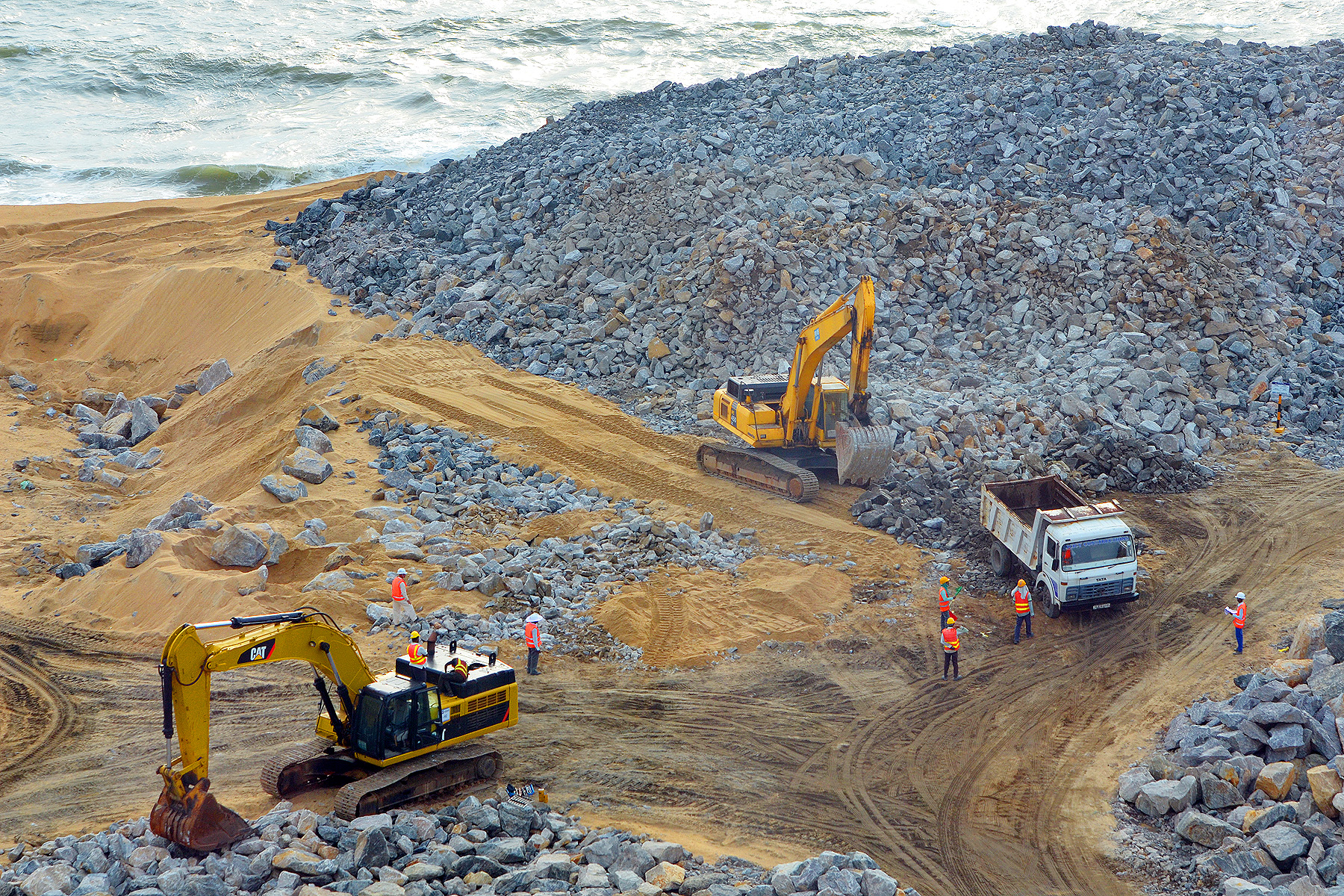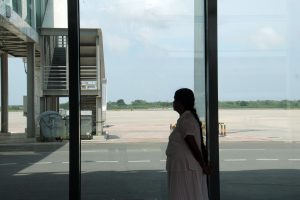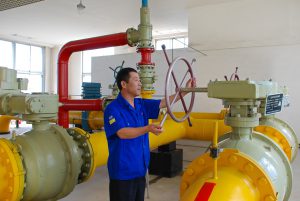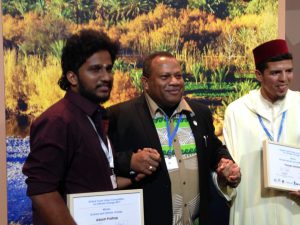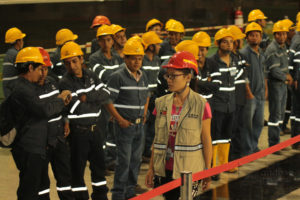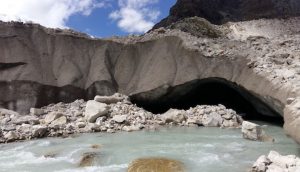The Belt and Road Initiative (BRI) is a core part of China’s ambition to play a much more substantial role in international affairs and a way for China to invest its significant glut of savings overseas. Anticipated cumulative investment in BRI-related projects has been estimated at between US$4 and US$8 trillion.
The successful implementation of the Paris Agreement and the Sustainable Development Goals will be impossible if the huge amount of capital invested under BRI is inconsistent with tackling climate change and ensuring sustainable development. “Greening” BRI is therefore a priority of global significance.
A pre-requisite for greening BRI is understanding, firstly, the impacts that current and planned BRI projects will have on the local and global environment, as well as on sustainable development and, secondly, the stranded asset risks current and planned BRI projects face from different physical and transition risks related to environmental change, particularly climate change.
At present, we have no idea to what extent BRI projects individually or collectively are compatible or incompatible with different sustainability objectives. Nor do we know their environmental risk exposure. We need this data and analysis to be made available to inform decision-making by governments, private and public financial institutions, financial regulators, companies, and civil society. This is of systemic importance.
Revealing the local and global impacts of BRI projects on the environment and sustainable development will help to identify which projects should or should not go ahead. Showing the impacts that companies and investors are having through their involvement in BRI projects, both positive and negative, can create significant opportunities to shift behaviour and ensure that positive choices are made.
Revealing environmental risks facing BRI projects will help appropriately price the cost of capital, making it harder for at risk projects to go ahead or be re-financed, thereby helping to avoid stranded assets. This will benefit asset owners in China, as well as other owners of capital that will invest alongside, such as domestic financial institutions in BRI jurisdictions, international private capital, and multilateral financial institutions. It will also improve the resilience of individual financial institutions and help to minimise the financial stability implications associated with the risk of substantial asset stranding.
In response to this clear need for data and analysis, the Oxford Sustainable Finance Programme at the University of Oxford Smith School of Enterprise and the Environment is launching a new international collaboration to measure stranded asset risks and environmental impacts of investments along the Belt and Road. The project has been announced to coincide with the annual UK-China Economic and Financial Dialogue on December 15.
The new “Green BRI Platform” relies on methodologies Oxford has trialled and refined intensively with major financial institutions. At the heart of this project is a new online data and analysis platform that will be available in the first half of 2018. It can help all financial institutions meet their commitments to integrate climate and sustainability assessment into their decision-making across multiple sectors. This same information will also be useful for policymakers, regulators, companies, and civil society.
By bringing together existing and novel asset-level datasets the project can provide unparalleled capabilities for understanding potential environmental risks and environmental impacts facing BRI projects, so that financial institutions, companies, and policymakers can minimise risks and maximise societal benefits with accurate information.
In the first instance the project focuses on six sectors in BRI jurisdictions: power generation; cement; iron and steel; automobiles; aviation; shipping. It will also expand over time to other sectors, including power grids, road, rail, food and beverage manufacturing and processing, paper, refining, mining, upstream oil and gas, pipelines, and liquefied natural gas (LNG) infrastructure.
Greening BRI requires us to understand the impacts that current and planned BRI projects will have on the environment and the stranded asset risks they face. The Green BRI Platform will make this information available for the first time.
A “green” BRI can help shape the future of humanity for the better, while a “brown” BRI will undermine making “our planet great again”. Data and analysis is fundamental to realising a positive environmental outcome for BRI. Fortunately, this is possible through international collaboration, developments in data science, and some hard work.
